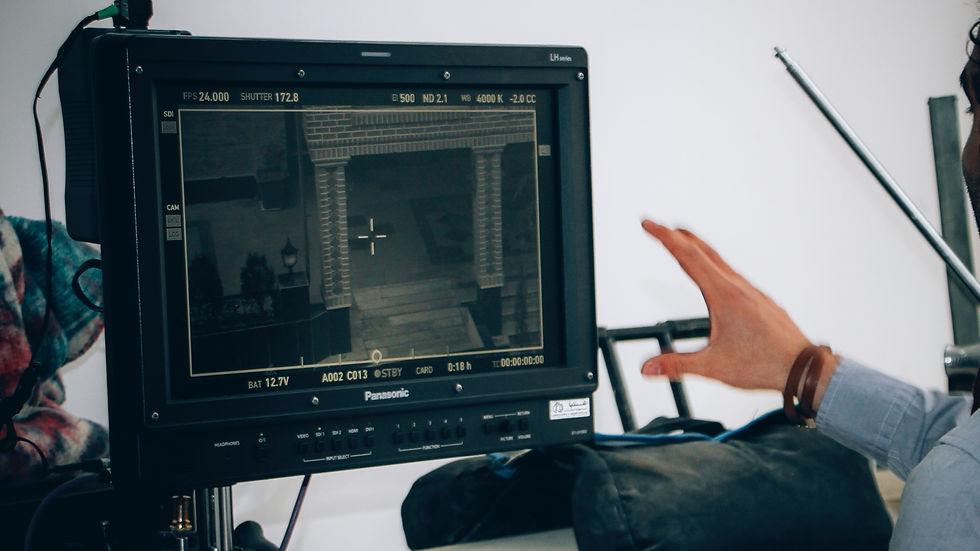top of page

Digital Approaches to Art History and Cultural Heritage.
Welcome: Welcome
New visual computing technologies, such as 3D mapping and photogrammetry, capture highly accurate reproductions of artefacts, historical structures and sites. Augmented and virtual reality enables interaction and exploration of these reproductions 'first-hand'. These powerful tools are already being integrated into research and becoming central to academic study. Their ability to record millimetre-precise, photo-realistic 3D models enables the safeguarding of cultural heritage otherwise threatened by war, erosion, climate change and degradation. For example, a 3D model of Palmyra remains the only scholarly record of this war-ravaged site in Syria. Such technology also increases access to research material and cultural heritage: it brings distant monuments to new audiences and enables researchers to study artefacts or sites remotely, from entirely new perspectives (in higher resolution, under different lighting and environmental conditions, through cross-sections and other view-points, across time etc.).
The aim of this network is to connect scholars from the humanities, social sciences and applied sciences interested in harnessing the power of 3D mapping, photogrammetry and virtual environments in their research. Collectively, this network will explore and test the benefits or limitations of technological approaches for studying historical records, material objects and cultural sites, and chart new paths of exploring our past and shared heritage.
For more information, to join the network, sign up for the mailing list, or collaborate with us on future events, please drop us a line at encodingHeritage@gmail.com.

Welcome: Text
bottom of page